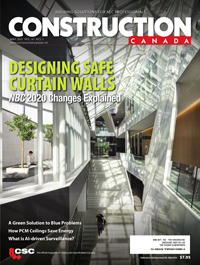Optimizing acoustics in learning facilities
(02/26/2021)
The benefits of a positive acoustic experience extend beyond traditional classrooms. Their relevance can be heard in gyms, aquatic centres, auditoriums, cafeterias, offices, theatres, band rehearsal rooms, recording and broadcast studios, fabrication shops, media...

